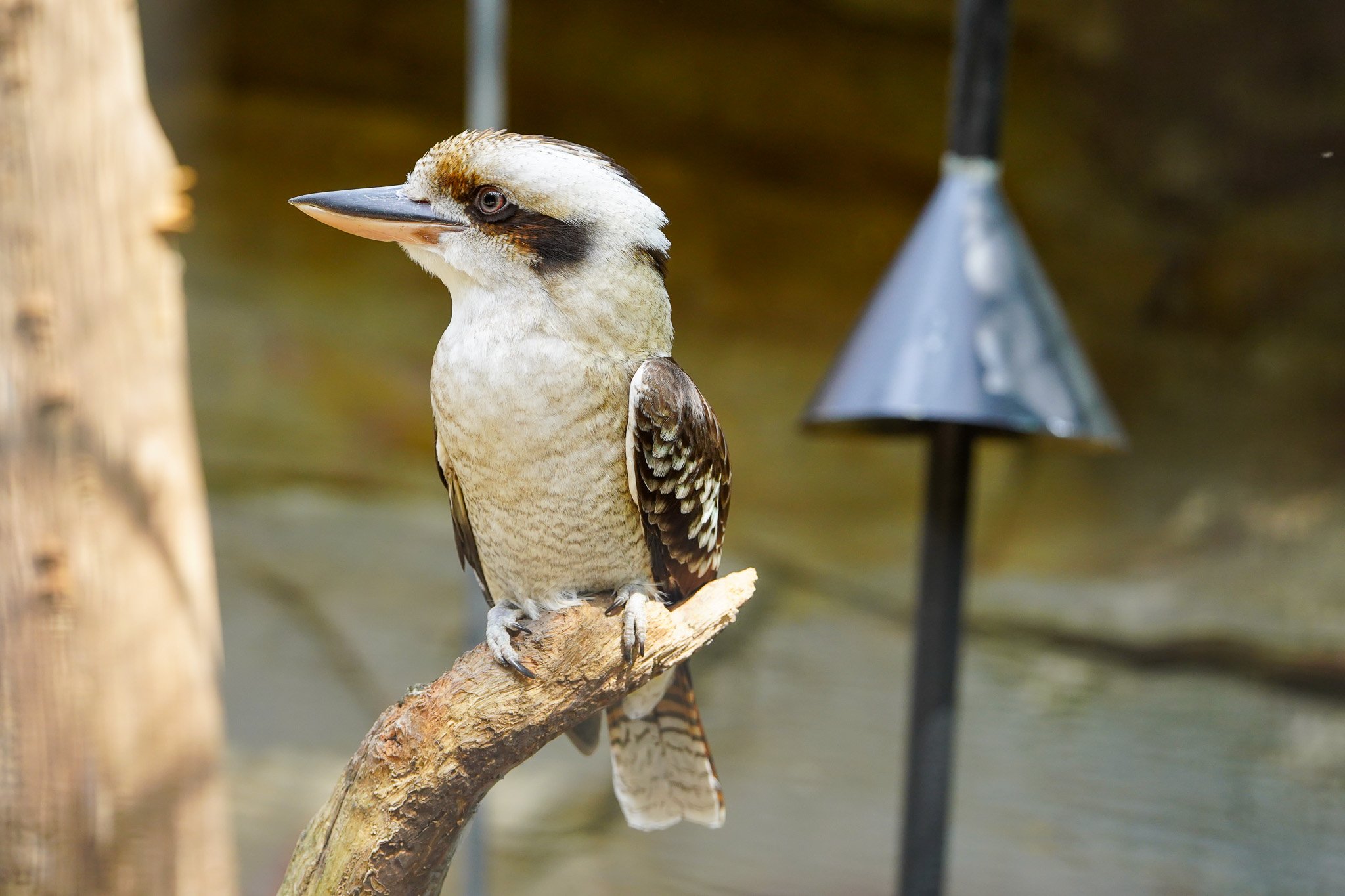
Saltwater Crocodile
The saltwater crocodile is the largest living reptile, known for its powerful jaws and aggressive nature, primarily inhabiting coastal regions, rivers, and estuaries throughout Southeast Asia and northern Australia.
Learn about the Saltwater Crocodile
Scientific Name: Crocodylus porosus
Classification: Least Concern
Size: Males can exceed 6 meters in length and weigh over 1,000 kg; females are smaller, typically around 3 meters long and weighing up to 400 kg.
Distribution: Found in coastal regions and freshwater habitats across Southeast Asia, northern Australia, and the eastern coast of India.
Diet: Carnivore, primarily preying on fish, birds, and mammals, including larger prey such as buffalo and deer.
Lifespan: Up to 70 years in the wild; some individuals have been known to live over 100 years in captivity.
Clutch Size: Typically 30 to 60 eggs per nest
Incubation Period: About 65 to 90 days
Primary Threats: Habitat loss, hunting for skin, and human-crocodile conflict.
Where are Saltwater Crocodiles Found?
Saltwater crocodiles are commonly found in coastal areas, rivers, and mangroves across Southeast Asia and northern Australia, often venturing into brackish and saltwater habitats.
Why are Saltwater Crocodiles Classified as Least Concern?
Saltwater crocodiles are classified as least concern due to their wide distribution and stable populations, although they still face threats from habitat destruction and hunting.
Do Saltwater Crocodiles Have Long Lives?
Saltwater crocodiles can live up to 70 years in the wild, with some individuals reaching over 100 years in captivity. They are known for their solitary nature and complex social behaviors, particularly during mating and nesting seasons.









